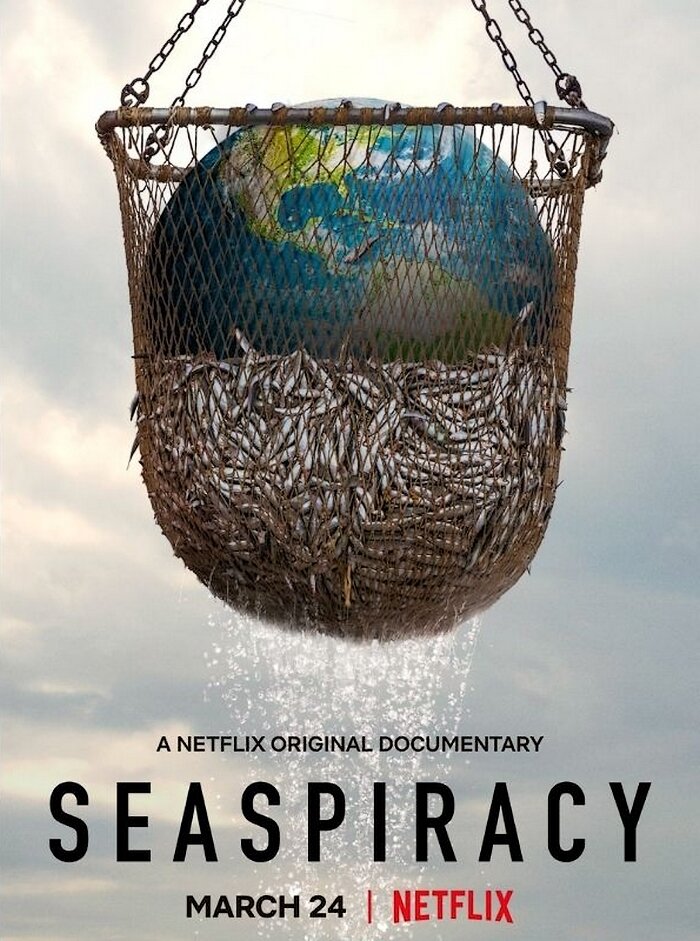The best response to Seaspiracy? Buy local, sustainable seafood caught by responsible fishermen and women
The new Netflix documentary, Seaspiracy, has been making waves. The film addresses important topics, such as human rights abuses at sea, plastic pollution, and the impacts of unregulated industrial fishing.
Unfortunately, it does so in a way that oversimplifies a highly complex topic, to the detriment of the many seafood harvesters, businesses, and food workers who participate in sustainable fisheries, and the communities that depend on these healthy proteins.
In Monterey Bay, our commercial fisheries are diverse, from the small boat operator that catches rockfish by hook and line to the purse seiner that targets schools of spawning squid to the groundfish trawler that brings in high volume Dover sole.
One thing that these diverse fisheries have in common is that they all must abide by extremely strict, science-based regulations. As a result, the Monterey Bay Aquarium’s Seafood Watch Program rates all seafood landed in Monterey Bay ports as either “Best Choice” or “Good Alternative.” Learn more about how the Aquarium defines seafood sustainability.
It is true that there are serious issues with global fisheries, particularly illegal, unreported, and unregulated (IUU) fisheries. That’s why it’s right to expose and hold countries accountable for many of the damaging and inhumane practices seen in the film, especially by industrial-scale and distant water fleets around the world. But not all fishing looks like that, and it’s disappointing that Seaspiracy only shows the worst practices.
In the United States, we have some of the most stringent seafood regulations in the world, designed to protect and sustain ocean resources (learn more at NOAA Fisheries).
Sadly, USA and California seafood harvesters who fish responsibly must compete in the market with cheaper imported products that often lack the same environmental standards, including IUU fish. This means that law-abiding fishermen and women who have made huge investments in sustainable practices and gear types are at an economic disadvantage — it’s an especially tough blow when they are unjustly painted with the same brush as poorly regulated fisheries.
One of the many responsible, small-boat fishermen that operate out of Monterey Bay ports.
So, what can you do to help?
You can support sustainable fisheries by buying local. Try one of the many sustainable species caught right in our backyard, such as rockfish, black cod, lingcod, Dungeness crab, rock crab, king salmon, or spot prawn. In fact, you can feel comfortable buying just about any seafood caught in the U.S., but by buying locally you are reducing your carbon footprint and supporting our local economy.
Educate yourself. When you are informed and ask questions about where seafood comes from and how it was caught, you are letting businesses know that you care about their buying decisions while rewarding sustainable fishing practices with your consumer dollars.
How To Be A Responsible Seafood Consumer
Check out our Local Catch Guide for a list of businesses that sell local seafood
Download our seasonality guide to learn about local and sustainable species
Ask your local fish market or restaurant what's local, who caught it, what's in season, and what's caught sustainably. Check Seafood Watch for environmental recommendations.
As for other issues raised in the film Seaspiracy, rather than re-state what has already been addressed by reputable scientists, conservationists, and members of our fishing community, we will share a few of the perspectives of the film that resonate with us:
Hans Haveman of H&H in Santa Cruz gives a local perspective in this Instagram video.
Something’s fishy and it’s not our seafood, by Alan Lovewell of Real Good Fish in Moss Landing
What Netflix’s Seaspiracy gets wrong about fishing, explained by a marine biologist in Vox, by Daniel Pauly, marine scientist and Board member of Oceana
Ray Hilborn’s Thoughts on Seaspiracy, video by Dr. Ray Hilborn, fisheries scientist
The science of Seaspiracy by Emily De Souza, fisheries scientist
Fact-checking Netflix’s “Seaspiracy” in the Jesuit Post, by Bryan Galligan, SJ



